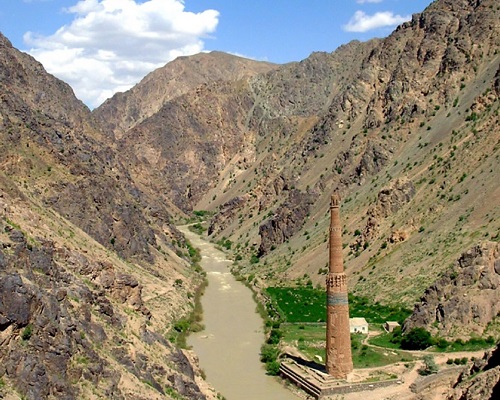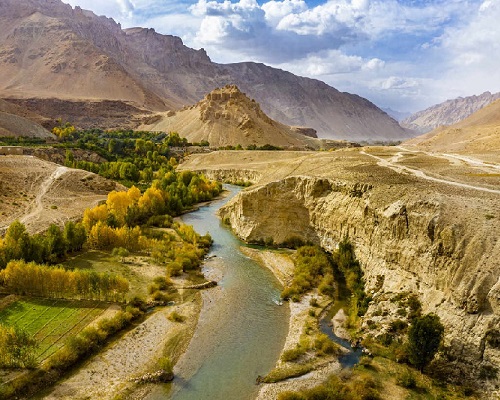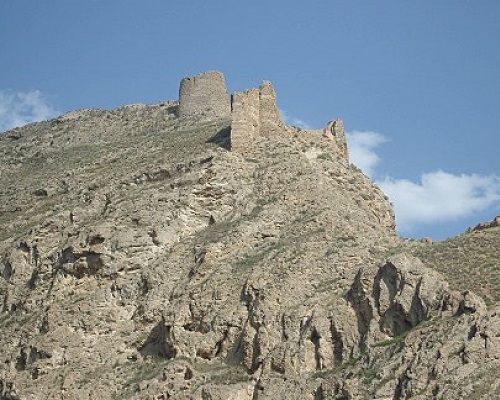
EXPLORE GHOR
Discover the breathtaking landscapes of Ghōr, Afghanistan on a culturally-rich adventure

Ghor, a province known for its rugged terrain and historical treasures, offers a unique travel experience in central Afghanistan.
The province is home to the famous Minaret of Jam, a UNESCO World Heritage site and a masterpiece of Islamic architecture. Visitors can explore ancient ruins and enjoy the breathtaking mountainous scenery that defines the region.
Ghor's remote landscapes and rich history provide an adventurous and culturally enriching journey for travelers seeking to uncover Afghanistan's hidden gems.
Attractions
The Minaret of Jam, located in the remote heart of Ghōr province, is an awe-inspiring 12th-century structure that rises dramatically from the valley floor.
This UNESCO World Heritage Site, adorned with intricate brickwork and Kufic inscriptions, is one of Afghanistan’s most significant archaeological treasures.
The minaret not only served as a call to prayer but also as a marker of the confluence of the Hari and Jam rivers, symbolizing the Islamic world’s far-reaching influence during the Ghurid dynasty.
Isolated yet preserved, the Minaret of Jam offers visitors a profound insight into the sophisticated culture and artistry of a bygone era, making it a pivotal site for understanding the region’s rich historical tapestry.

The Chehel Burj, or ‘Forty Towers,’ located in Ghōr, is a remarkable historical site characterized by its numerous defensive towers scattered across the rugged terrain.
These structures, dating back to the Islamic Middle Ages, were part of a larger network of fortifications that protected the region’s trade routes and settlements.
Exploring Chehel Burj offers a unique perspective on the military strategies and architectural ingenuity of the Ghurid dynasty, with each tower telling a story of survival, conflict, and the strategic importance of this once-flourishing region at the crossroads of ancient empires.

The historical site of Firuzkuh, once the summer capital of the Ghurid dynasty, holds the echoes of Afghanistan’s medieval splendor.
Nestled in the scenic landscapes of Ghōr, Firuzkuh was a center of power, culture, and art, where the Ghurid rulers erected grand palaces and mosques, surrounded by lush gardens and bustling bazaars.
Today, the remnants of this glorious past, though weathered by time, offer a glimpse into the sophisticated civilization that thrived in these highlands, inviting historians, archaeologists, and travelers to piece together the story of a dynasty that once extended its influence across South and Central Asia.
Sign off here. We will reply in 24 hours with futher details.